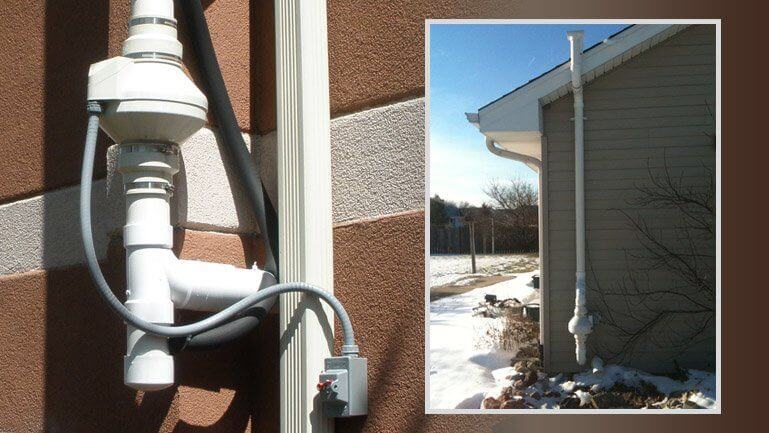Radon is a naturally occurring radioactive gas that poses significant health risks, primarily increasing the risk of lung cancer. It emanates from the breakdown of uranium in soil, rock, and water, infiltrating homes through cracks in foundations, walls, and gaps around service pipes. Understanding radon concentrations and implementing effective radon mitigation systems is essential for safety and health.
This article provides a comprehensive overview of how radon mitigation systems work, their design, installation, components, maintenance, effectiveness, costs, benefits, and regulations.
Table of Contents
Understanding Radon Risks and Testing
Before delving into radon mitigation, it’s crucial to recognize the health risks posed by radon exposure. Long-term radon exposure can lead to lung cancer. The Environmental Protection Agency (EPA) and the World Health Organization (WHO) classify radon as a carcinogen, and it is the second leading cause of lung cancer in the U.S.
Monitoring radon levels is the first step in assessing the risk. Radon testing is an essential practice for homeowners, particularly those in areas known for high radon concentrations. Reliable radon testing kits are available for both short-term and long-term monitoring, providing a clear picture of the radon levels in a building.
Radon Mitigation System Design and Installation
A radon mitigation system is designed to reduce radon levels in the indoor air of residential buildings and workplaces. The design of these systems can vary based on the structure’s foundation—be it slab-on-grade, basement, or crawl space:
- Sub-Slab Depressurization (SSD): This is the most common and usually the most reliable method. It involves drilling a hole in the slab and installing a pipe that runs from below the slab to the outside of the home. A radon fan connected to the pipe creates a vacuum that pulls the radon from beneath the house and expels it outside.
- Drain-Tile Suction: Homes with a drain tile system for water management can have a radon mitigation system installed that uses the existing drainage to pull radon from the soil and vent it outdoors.
- Sump-Pit Depressurization: Similar to SSD, this method uses an existing sump pit to install the radon suction point, effectively reducing radon levels.
The installation of these systems must adhere to specific standards and regulations to ensure safety and effectiveness. Professionals trained in radon mitigation can ensure that the system is installed correctly and according to local codes.
Components of a Radon Mitigation System
A typical radon mitigation system includes several key components:
- Suction Points: One or more holes drilled into the foundation to serve as entry points for radon gas to be evacuated.
- Piping: PVC or other piping is used to direct radon gas from the suction points to the exterior of the building.
- Radon Fan: A fan that creates negative pressure within the radon mitigation system’s piping, ensuring radon is sucked from under the foundation and expelled outside.
- Sealing: Cracks and openings in the foundation and walls are sealed to limit the flow of radon into the home and increase the efficiency of the system.
Maintenance, Inspection, and Monitoring
Once a radon mitigation system is installed, ongoing maintenance and periodic inspections are crucial to ensure long-term effectiveness.
This includes checking system components such as the fan and replacing it if it fails. Regular radon testing should be continued even after the system is in place to ensure that radon levels remain below dangerous levels.
Effectiveness and Benefits
Properly designed and maintained radon mitigation systems can significantly reduce radon levels, often by up to 99%.
The benefits of installing such a system go beyond reducing radon levels; they also improve overall indoor air quality and provide peace of mind.
Cost and Regulatory Considerations
The cost of a radon mitigation system can vary depending on the complexity of the installation and the size of the home but typically ranges from $800 to $2,500. It’s an investment in health and safety that homeowners find worthwhile, especially in radon-prone areas.
Homeowners should also be aware of the regulatory environment surrounding radon mitigation. Many U.S. states have specific regulations and standards that dictate how systems must be installed and maintained. It is advisable to consult local guidelines and hire certified professionals to handle both testing and mitigation.
Conclusion
Radon mitigation systems are vital for maintaining safe indoor air quality and reducing the risk of lung cancer associated with long-term radon exposure. By understanding the components, design, and function of these systems, homeowners can take informed steps toward ensuring their environment is safe from this invisible hazard.
Regular monitoring and maintenance of radon mitigation systems play a crucial role in sustaining their effectiveness and protecting the health of residents.




